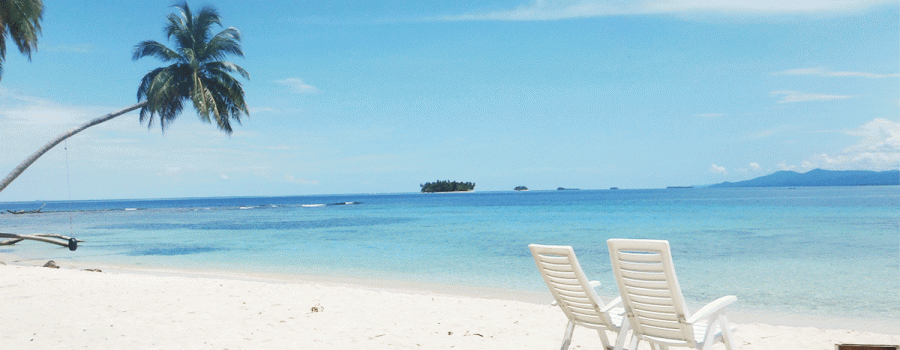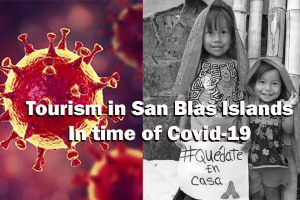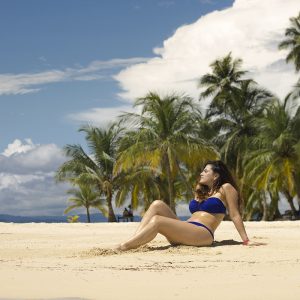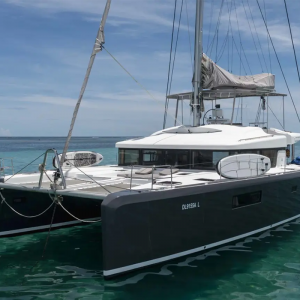The Progress of the Tourism of San Blas Islands begins with the arrival of travelers and missionaries for commercial and religious purposes at the beginning of the constitution of the Republic of Panama. One of these examples is the case of the naturalist Henri Pittier who came to the region in 1911 to take photographs and studies in general of the Guna people.
With the 1932 agreement between General Preston Brown and Chief Niga Kantule, the US military bases have the go-ahead to hire Guna people to work in different areas such as cooking, cleaning and general assistant. This agreement resulted in the US military being attracted to visiting San Blas, mainly in the Narganá area.
Since here, tourism in Guna Yala begins to gain relevance, but in a stumbling way, as there is no regulation that regulates these activities and in which there are differences between Non Guna investors and the Guna General Congress.
The Progress of the Tourism of San Blas Islands we can summarize with these events:
1931 – The first hotel is inaugurated in Guna Yala, at El Porvenir island called Hotel El Porvenir.
1934 – The first Swedish flag cruise ship called Swedom arrives, hence the word Guna “Suidon” to refer to cruise tourists.
1938 – The government of Panama opens tourism in the San Blas region, supported by tourist agencies.
1940 – Jungle Jim Price, first non-Guna investor, builds cabins on El Porvernir Island.
1960/1970 – The operation of 3 tourist agencies that provide a boost to tourism in Guna Yala begins, these are: Panama Tourist Inc., Gordon Dalton Travel Agency and SASA (Airline that transported tourists from Panama City.
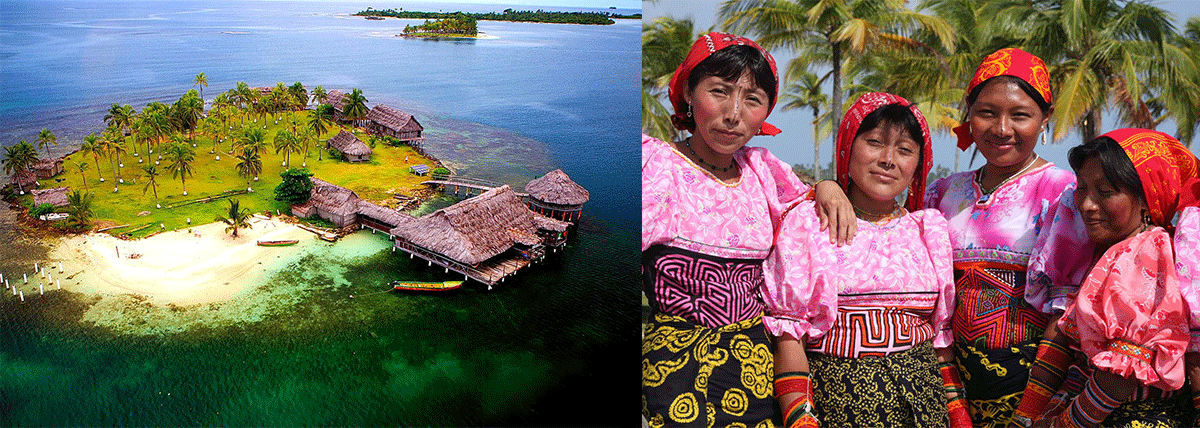
1965 – W.D. Barton rents a piece of land near Ailigandí, to build the Iceland Hotel. It was set on fire by the Gunas in 1969 and 1974. In 1981, it was taken out by the Gunas
1967 – John Moody, builds cabins on Bibirdub Island without the authorization of the Guna General Congress. In 1981, he was taken out by the Gunas.
1969 – Hotel Las Palmeras opens, a community project of the Ailigandi community, directed by Julio Benítez Colman.
1970 – The IPAT(Tourism Panamanian Institute) presents a mega tourism project that consisted of the construction of a Hotel with 686 rooms and an international airport, close to Rio Sidra. This project did not bear fruit due to the opposition of the Guna General Congress and they chose to control tourism in the region.
Discover: When is the Best Time to Visit San Blas?
1987 – A group of 5 Panamanian investors and one Guna open the Iskardub Hotel at Playón Chico – Uggubseni, but they had 4 conflictive years with the Guna General Congress, they decided to close and reopen years later, without the 5 investors, called Sapibenega, in 1999.
1993- IPAT publishes its Tourism Development Master Plan in which it includes San Blas in zone 7.
1995 – The Kwadule Eco-Lodge was inaugurated in the Nargana area with mixed investment from Guna and non-Guna, which led to conflicts and destruction of the facilities.
1996 – The basis for the regulation of tourism in Guna Yala is approved by the General Congress of Guna. The most relevant point was the prohibition of the sale and rental of local lands to outsiders.
2005 – An agreement was signed between the Ministry of Tourism of Panama and the Guna General Congress for the development of sustainable tourism and respect for indigenous rights.
2008 – The Guna General Congress sanctions the rules that regulates tourist activities in Guna Yala and the Secretary for Tourism Affairs is created.
With the construction of the Llano-Cartí highway, in 2011, tourism in Guna Yala took a 180 degree turn, contributing to the mass of tourist visits in the region.
At present, there are around 300 guides registered with the Guna General Congress, 30 cabins and 20 Gunas tour operators.
The statutes of the tourism activity are still being discussed due to the irregularities that currently exist, such as the activity of sailboats and catamarans, which are forbidden in the Guna Yala region.
We hope that this article on the progress of the Tourism in San Blas Islands will be of help to your research or expand your knowledge on the subject.


